|
Janet and I are ‘working’. It’s the best kind of work. Sitting on the shaded veranda of her guesthouse in the late afternoon, updating her compendium. On the one side her chooks are making contented thank-you-for-feeding-me noises, on the other Brownie, her dog, gnaws a piece of coral. Welcome to Malowia Guesthouse we head the first page in big, bold letters. Then Janet writes: In our local language, ‘Malowia’ means good or nice place. I hope you enjoy your time here. That, to say the least, is an understatement. It’s hard to find words to adequately describe just how good or nice it is here. How could you not enjoy it? Malowia Guesthouse, a very good and nice place to be. I look around, trying to view it as a first-time guest would. Coconut palms, sparkles of sea through the hedge, glimpses of Nguna Island across Undine Bay, Janet’s blue roofed house . . . I’m lost in the tropical wonder of it all. “Do you think I should keep this bit about Willie and the children?” Janet brings me back to the task at hand. “Absolutely!” I say. “Guests will be curious about things like that. It gives them context.” Paunangisu is the home village of my late husband, William (Willie), and I came from England fifty years ago. I am now retired here among our extended family. I have three grown-up children and seven grandchildren. I met Janet the first week I was in Vanuatu during our ‘village stay’, a kind of induction into local culture for VSA volunteers. We were being hosted by relatives of Willie’s. Paunangisu is on the island of Efate, about an hour’s drive north from the capital of Port Vila. ‘We’ meaning Keith and I. He’s sitting here now, not saying much (which is his usual style) but keeping us on track when our chatter sends us off on tangents. I remember how curious I was about Janet. Here we were, in this traditional village where chickens and brown-skinned children and pigs roamed free but everyone seemed to know where they belonged. Where food was prepared on a fire in an outdoor kitchen and eaten on mats on the open air coral-floored dining area. Where it felt as though we’d slipped in another world, another time. We followed Leinte, our host mama, through the overwhelm of newness and hotness into the garden to bash lemons from the top of a straggling tree with a stick. Along a path to what turned out to be a shop to buy a bag of sugar. Down to Aunty Janet’s whose hens would provide the eggs, Leinte assured us. Our five short Bislama lessons were hopelessly inadequate and her English smol. As far as we could make out we were going to make lemon curd. Lemon curd? Really? Apparently. How or why we didn’t know. We’d noticed Janet’s house when we’d wandered down to the sea in search of a cooling breeze. It was different to the other houses in the village, colonial-styled, white-walled with wooden shutters and a deep veranda edged with tropical flowers. Leinte greeted the NiVanuatu man sitting in a chair in the corner of it in ‘language’; Uncle Willie. A woman greeted us in a strong Yorkshire accent from behind the screened kitchen door; Aunty Janet. Is Vanuatu ever going to stop surprising me? I remember thinking at the time. And in the fourteen years since, it never has. We really did make lemon curd. Well, Janet did and it was delicious. She was somewhat anxious that it wasn’t setting exactly as she liked, but once we got back to our house in Vila and put it in the fridge, it thickened up beautifully. That was beginning of a friendship and connection with the village that continues even now, even though we left Vanuatu more than eight years ago. Hopefully it extends far into the future. There have been some changes. Janet built the guesthouse and my volunteer role with the Shefa Tourism Office meant I was actively involved in promoting it. Electricity came to the village, along with fridges to set lemon curd properly and a few other simple mod cons and conveniences. Several severe cyclones, including TC Pam, barrelled their way through. But essentially the place feels the same. It’s true that we’re older. Leinte, who was lamenting her lack of grandchildren when we first met her, now has five that she and her husband Kalfau care for almost full-time. And Willie lost his long struggle with Parkinson’s disease the year before last. He’s buried in the tiny village graveyard just across the road from the guesthouse. “So he’s never too far away,” Janet says. Yesterday evening Leinte and Kalfau arrived carrying our dinner. Lap-lap manioc (for me) and lap-lap banana (for Keith) wrapped in banana leaves with lots of the crispy brown bits they remembered are my favourite. Breadfruit cooked in a way that actually makes it palatable for me. Some crunchy local nuts. We knew preparing this food would have taken most of the day and we felt truly spoilt. As we sat eating and sharing storian late into the night under impossibly bright stars, there wasn't anywhere in the world I’d rather have been. Malowia is my happy place. I think about the stream of people who make their way to Janet’s guesthouse and wonder about the serendipities that bring them here to the edge of the Coral Sea. Imagine their stories and the memories they’ll take away with them. Malowia. A good and a very nice place indeed. We did eventually finish updating Janet’s compendium. You can download it here
Visit the website: www.malowiaguesthouse.com Find Malowia on Google Maps Notes: The local language of North Efate is Nakanamanga Bislama words:
Travelling from Port Vila to North Efate under your own steam is an adventure in itself. Every journey will be different. It won't cost much but you will need time, a little local knowledge and most likely, some patience.
Passengers transferring from buses to boats at Emua Wharf with Nguna Island in the background. We start our trip to Nguna Island at Au Bon Marche in Manples around 10.30am on a Wednesday morning. Any earlier and we're assured we'll have a long wait. To get there we flag a bus in downtown Port Vila (150 vatu each) and tell the driver where we want to go. There's no need for us to actually know where Au Bon Manples is - bus drivers already do - and with our backpacks it's clear that we're travellers looking for public transport to take us north. But for those who like more detail it's on the Lini Highway, the main road between Port Vila and the airport, on the right hand side if you're driving out of town. Public Transport to North Efate can be found at Au Bon Marche, Manples. Au Bon Marche supermarket and a service station make Manples a busy hub. At the far end of the forecourt next to the fence near the air pump there's a single tree and we make a beeline for it, settling down to wait in the shade. I strike up a conversation with a young NiVanuatu woman who also appears to be waiting, and confirm that this is where we'll find a bus going to Emua Wharf. When the driver is satisfied that he has enough passengers to make the trip worth his while, she tells me, we'll go. Soon. A word at this point about "Island time", what locals often laughingly refer to as "black man's time", which bares little resemblance to time as we know it. Fifteen minutes is just as likely to be an hour by our reckoning, and it's no use getting upset about it. Best to leave your watch behind at home and go with the flow. In the meantime we take the opportunity to stock up on a few provisions at the supermarket. Bottled water, because we know the drinking water on the Nguna will come from rain water tanks and we choose to be cautious. Some snacks, just in case. Sooner than we expect we're clambering into the bus along with half a dozen other passengers. We could as easily be riding on the back of a PT (Public Transport) which is a small truck, usually with some sort of a tarpaulin awning stretched across the top to provide shelter from the sun and rain. Seating can be anything from a wooden plank to a bag of rice. View over Mele Bay from Klems Hill. We travel in relative comfort, our bus making easy work of the steep climb up Klems Hill. One last, spectacular vista of Mele Bay and we're plunged into rural Efate. The smooth tar-sealed ring road is a dream after the bumpy potholes of Port Vila. It's an easy forty minute drive to Emua Wharf with occasional stops to pick up and drop off passengers. Even for us who know the route well, the scenery is a delight; the first glimpse of the distinctively-shaped Hat Island marking Roi Mata's Domain, the sparkling turquoises and deep blues of the beautiful Havannah Harbour, iconic Earnest and his World War 2 Coke Bottle Museum at Tanoliu . . . All the while, enticing views of Nguna appear and disappear around corners and on the crests and dips of hills, the green volcanic cones drawing ever closer. The distictive shape of Hat Island forms part of Roi Mata's Domain, Vanuatu's only World Heritage Site. Emua Village and roadside market alert us that we're nearly at the end of this leg of our journey. The bus slows and turns into the parking area at Emua Wharf, depositing us and our luggage in the shade of a tree. The cost of the ride from Manples to here is 500 vatu per person. Now the waiting begins in earnest. We're early, apparently. We can charter a boat to Nguna for 3,000 vatu and leave right away, or we can wait for more passengers and do the trip for 500 vatu each. How long before other passengers come? A shrug. Maybe half past two. It's just after midday now. We elect to wait. There's not a huge saving to be made and the price is not unreasonable given the cost of fuel, but we're committed to travelling like the locals. Arriving by bus at Emua Wharf. NiVanuatu are supposedly the happiest people in the world, certainly they're among the most patient, and they know how to manage the heat of the day. The boat drivers flop in the back of a truck parked under a tree, legs draped over the sides with hats pulled down over their eyes, while we wait in a more upright position, shelling peanuts and snacking on fruit. For the longest time, nothing happens. When it does, it's in slow motion. A PT pulls in, backs up and reverses down the wharf. Passengers climb out dragging their bags behind them. They're headed for Pele and a man disentangles himself from the pile of legs and arms in the back of the truck, makes his way leisurely to his boat. Another man wanders in our direction, holding his cell phone. Emma's on her way with some other tourists bound for Nguna, he tells us. We can travel with them. They'll be here in fifteen minutes. Passengers boarding a banana boat headed for Pele Island. An hour later they arrive in a bus. Now it's all go on the wharf. A flurry of unloading ensues while two boats are readied, boxes and bags shared between them. A couple of jaded-looking tourists are ushered into one (they've spent the morning driving around picking up supplies from various places around Port Vila, we find out later) and we follow after them, while a group of locals climb into the other. There's a spluttering of engines, some manoeuvring, a lot of yelling and waving, and we're off. Steady Trades are blowing but the chop on the water is enough just to cool us with spray, not frighten us or make us ill. Kenneth (we're now on first name terms with our boat driver) throws out a fishing line, and before long he cuts the engine and reels in a protesting fish, flipping and glistening on the bottom of the boat. Supper, he grins. Kenneth steering the boat expertly towards the beach at Uduna Cove Bungalows. The trip from the wharf to Nguna takes about half an hour. We drop off the tourists, whose spirits have revived considerably, on an idyllic white sand beach. Uduna Cove Bungalows, where they'll be staying, are hidden inside the fringing bush. From there it's just a short run along the coastline to Taloa Village. We're helped out of the boat into ankle deep water and splash up onto the shore to be met by Leiwa of Nakie Women's Guesthouse. We've arrived. A friendly wave goodbye from Kenneth.
Caroline is this year's secretary of the Nakie Women's Club and designated hostess for our stay. We're at the Nakie Women's Guesthouse in Taloa Village on Nguna (pronounced 'Noona'), the largest of the offshore islands in North Efate. It's a mere 32kms as the crow flies from the bustling town of Port Vila, but it feels like we're a million miles away. Leiwia (left) and our hostess, Caroline (right) from the Nakie Women's Guesthouse. As the only guests we get the double room, a compact space that fits a "married" (ie. a double) bed and a small table. The blue walls are offset by blue and white island floral curtains drawn across two screened and louvred windows. Next door is a room of equal size with two single beds. Beyond that there's a large communal area, decorated only with a small dining table in one corner and a painted mural on the far wall. Up to ten guests can sleep here on mattresses on the floor, making it ideal for groups travelling together. A well-equipped kitchen including a gas stove with an oven, cooking utensils and a sink, completes the guesthouse accommodation. Shared ablutions are located in an outhouse in the back garden, a cold-water shower and separate bucket flush toilet, basic but clean. The stand-out feature of the guesthouse is its deep, shady front verandah cooled by sea breezes. It's here that we spend most of our time watching village life wander by; Pikininis being pushed along the narrow hedged pathways in wheelbarrows piled high with fire wood and young girls laughing and chatting as they carry buckets of water for washing between them. Anytime we're spotted we're treated to a friendly wave and "hello". Nakie Women's Guesthouse with it's shaded verandah and our room with the "married bed". The Nakie Women's Guesthouse is a community project run by the women of Taloa Village and a plaque on the wall next to the front door shows that it was renovated with funding from both the EU and AusAID in 2004. It's been nicely maintained since then, and it's clear that it has recently received a new of coat of blue paint. A separate bungalow in the front garden has a display of locally-made handicrafts for sale, and classes in weaving, sewing and hand painting fabrics can be arranged. It's a well-known fact that some of the finest weaving in Shefa Province comes from Nguna. Caroline's specialty is woven turtles which she also sells through Activ at Second Lagoon in Port Vila. Nakie women (Caroline in the back row, left) preparing to weave mats. Woven turtles are Caroline's specialty. Taloa is the largest village on Nguna; a tidy, well-kept place, neatly hedged and free of litter. When we're done drowsing on the verandah we set out to explore, discovering the local store, the nakamal, the church and school. People are welcoming, some stopping to "storian" about where we're from, others acknowledging us with a raised eyebrow or a wave, all with a ready smile. We meet the local animal life too; friendly dogs, pigs in pens, tethered nanny goats, mother hens herding broods of chicks in the yards. Taloa Village is the largest and most traditional of the villages on Nguna. Later in the afternoon we feel it's time for a swim. We turn right when we come out of the guesthouse gate and a short walk brings us to the edge of the village. Following a well-worn path through the jungle we reach the brightly coloured Uduna Cove Bungalows and from there drop down onto the beach. It's a long stretch of white sand fringed by coconut palms on one side with views across to the moody, cloud-shrouded peaks of Efate on the other. In between is the sea, white-capped by fresh Trades and that impossible turquoise deepening to azure usually only seen in picture postcards. The water is warm as a bath and it's a marine protected area, good for snorkelling. Despite it's relatively close proximity to Port Vila, this is a traditional, out-of-time place and visitors should be respectful of custom. I wear my outer island dresses; long, unsexy, loose-fitting affairs with modest necklines and short sleeves. I swim in board shorts and a T-shirt and have a funny sun tan. Beach good for swimming and snorkelling in front of Uduna Cove Bungalows. Dinner is just as delicious as lunch, and after a comfortable night's sleep we find ourselves eating again, breakfasting on Nguna-grown fruits and still-warm baked bread. We're vegetarians, and as long as this is explained when you book to come, it's no problem at all. Extensive food gardens beyond the village provide fresh ingredients and the Taloa women collectively cater, each contributing a dish to our meals.
We reluctantly pack up our bags and say our goodbyes. Caroline has been the perfect hostess, attentive and informative but never intrusive. She finds a young boy to show us the way to Unakapu Village, which is where we're headed to next, and waves us out of sight.
Leipakoa greets me like a long-lost friend. This is the very best thing about travelling in Vanuatu. The wonderful connections you make with local people are the lasting memories you'll take home with you. Magical Coral Sea islands and funny, serendipitous adventures are simply a bonus. Leipakoa and her husband, John, aren't in Port Vila for long, she tells me. They're here selling the last of their fruit and vegetables. Tomorrow they'll be going back to the island because they're expecting guests. The road from Taloa to Unakapu Village. Paunvina Guesthouse is not far from Taloa, the largest village in Nguna. We walked there carrying our backpacks, with a young man sent by Caroline from Nakie Women's Guesthouse to show us the way. The track hugs the coastline tunnelling its way through verdant jungle, the sound of the surf and glimpses of Pele Island on one side, the occasional house tucked into steep bush on the other. It's impossible to miss the Guesthouse, it's just off the path and clearly signposted. Double story building housing the kitchen/dining area downstairs, with a library and guest room upstairs. Paunvina is a work-in-progress. We stayed in a corner room, the first of three in a row that constitutes the original guesthouse. Nearby a substantial, modern, double story building houses a kitchen and an undercover, open air dining area. Upstairs, and not yet complete, are two rooms - one will be guest accommodation, the other a library. Yes, really! A library here on a remote South Sea island. Leipakoa's son-in-law (who owns the guesthouse) is the librarian at Malapoa College in Port Vila. I can't think of a more idyllic retreat for someone who loves reading. Shared ablutions are located in a separate outhouse; a clean, flushing toilet that flushes and a spacious shower with a showerhead that showers. Not necessarily a given! Often in the outer islands water pressure is difficult to arrange, so buckets of water are used for both bathing and flushing loos. This is relative luxury. An outdoor nakamal, conveniently close to our room, is the only other building on the property. A perfect place to curl up with a book. Our room, conveniently close to the outdoor nakamal. The guest rooms at Paunvina are large by local accommodation standards, ours comfortably fitted a double bed, table and a chair with plenty of space to spread our luggage and move about. Screened windows on two sides ensured sea breezes kept it cool and insect-free, with the added precaution of a mosquito net above the bed. Single bed configurations are also available. Leipakoa welcoming us with fresh fruits and chilled water in the outdoor dining area. The hub of the guesthouse is the dining area. This is where we were greeted with refreshments when we first arrived, and where we enjoyed long, leisurely meals peppered with plenty of "storian" (ie. storying, conversation). Leipakoa met the challenge of catering for vegetarians with real flair, including delicious yam fritters and sublime cabbage boiled in coconut milk. But the piece de resistance was served up for breakfast the following morning in the form of a specially prepared, chocolate-filled kato (guateau), a type of donut that Leipakoa gets up at 3am everyday to make and sell to the local villagers. They have to content themselves with the plain ones though, the chocolate are treats for guests only. Paunvina is on the edge of Unakapu Village and in the cool of the early morning we took an exploratory stroll through it. Stunningly scenic, it's set at the foot of towering jungle bush that rises from a sparkling sea, welcoming visitors in true Vanuatu-style with pikininis waving and people stopping to exchange pleasantries. The beach at Unakapu Village, with Mataso Island just visible on the horizon. At first it felt reminiscent of both the road through south Tanna and of Sola in Vanua Lava in the Banks, a reminder of how the outer reaches of Vanuatu can be experienced right here in Shefa Province, almost on Port Vila's doorstep. Then it became uniquely its own place as the road rounded the island treating us to views of the Shepherds. Shimmering, enticing island peaks, one behind the other, beckoning to be explored: Mataso, Makiro, Tongoa, Emae, Tongariki, and in the far distance, Epi. * * * * * * * * "Next time you stay with us on the island," Leipakoa promises me, as we pay her for some mangoes and she gives us a free pineapple, "Don't forget, John will take us to a nakamal and we'll all have kava!" It's an offer too good to refuse.
|
AuthorAuthor: Dianne Archives
February 2024
Categories |
|
|
|
Website by South Seas Design
|
Copyright: Telling Travel Tales 2016 - 2024 ALL RIGHTS RESERVED
|
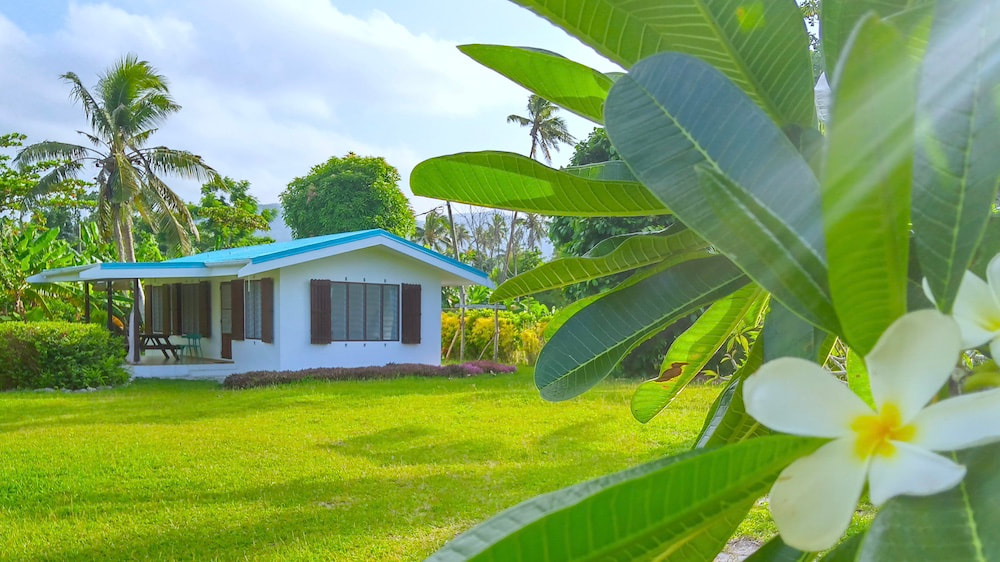
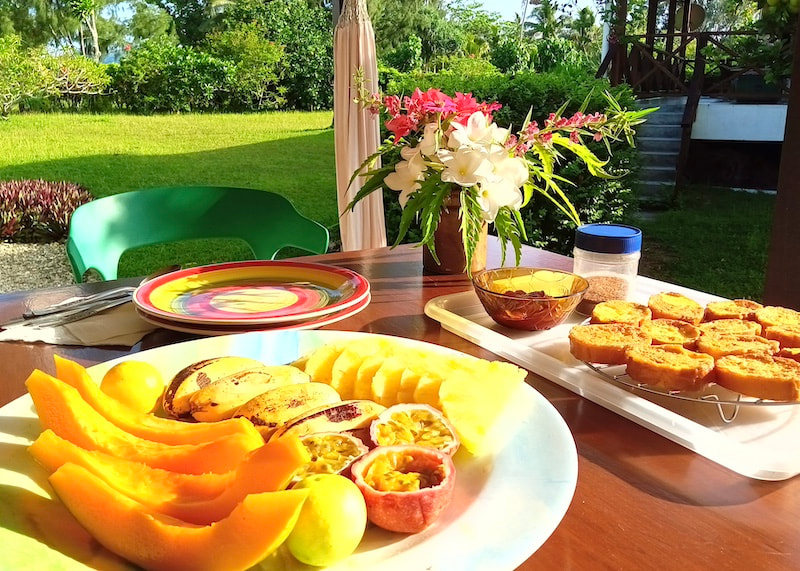
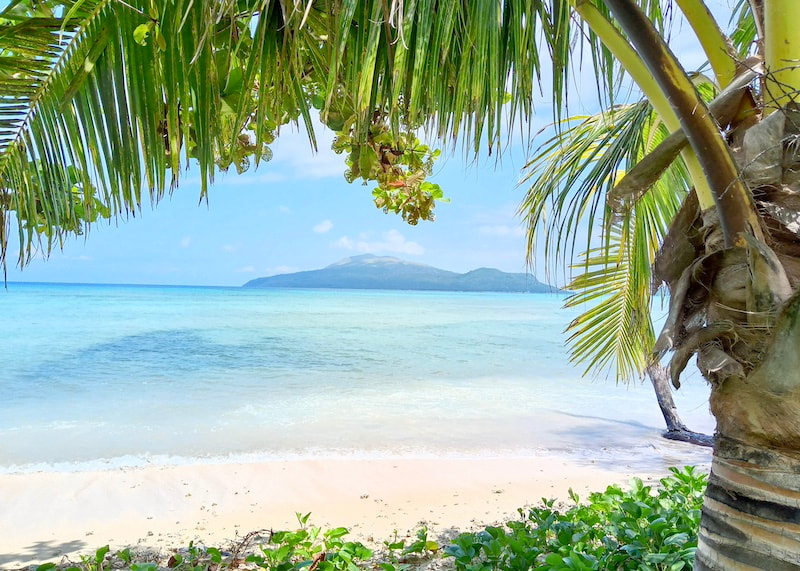
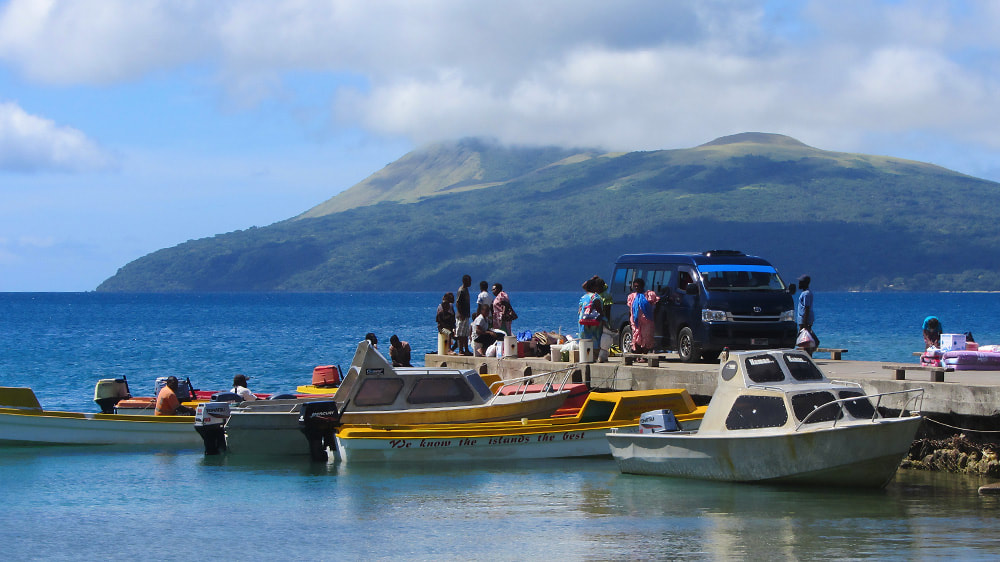
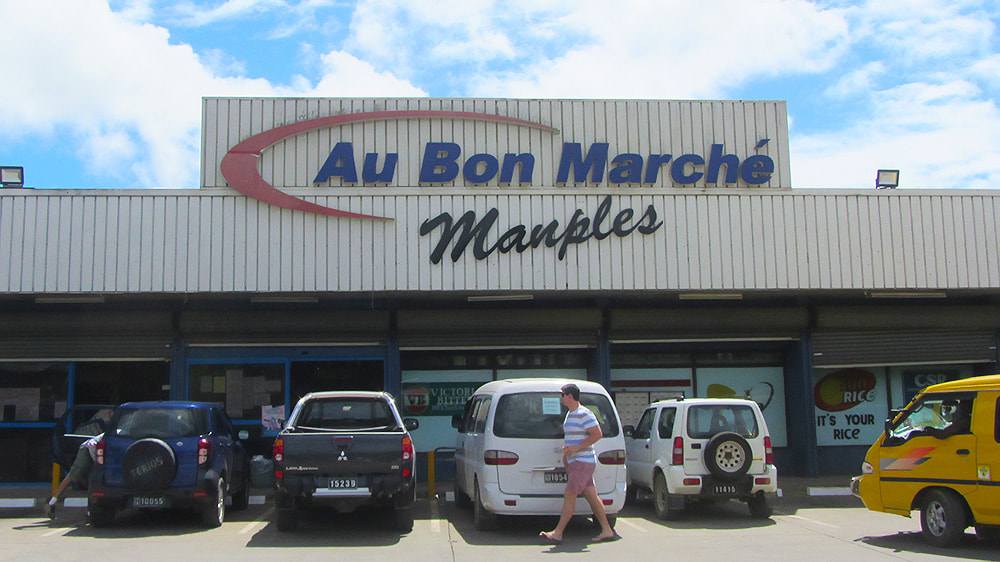
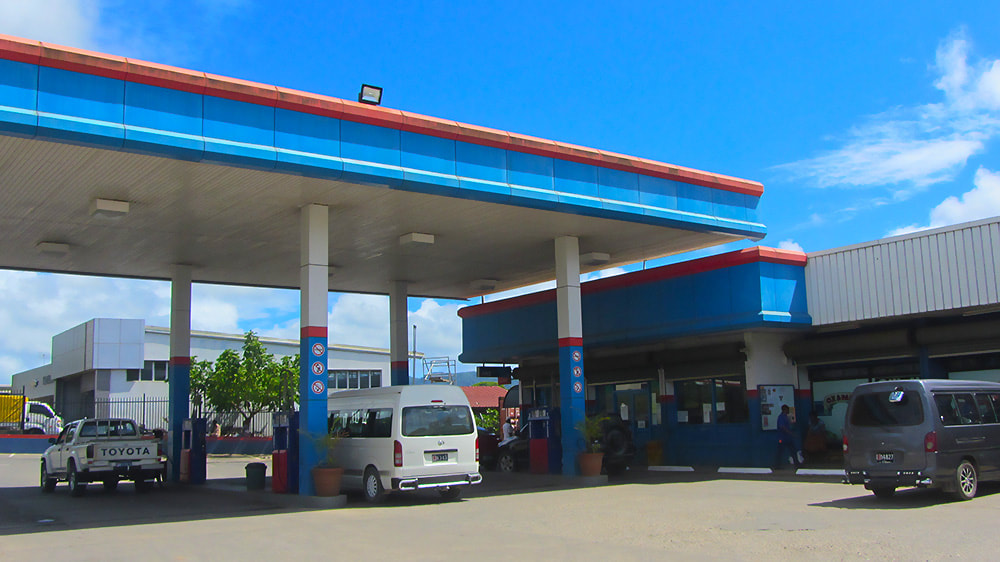
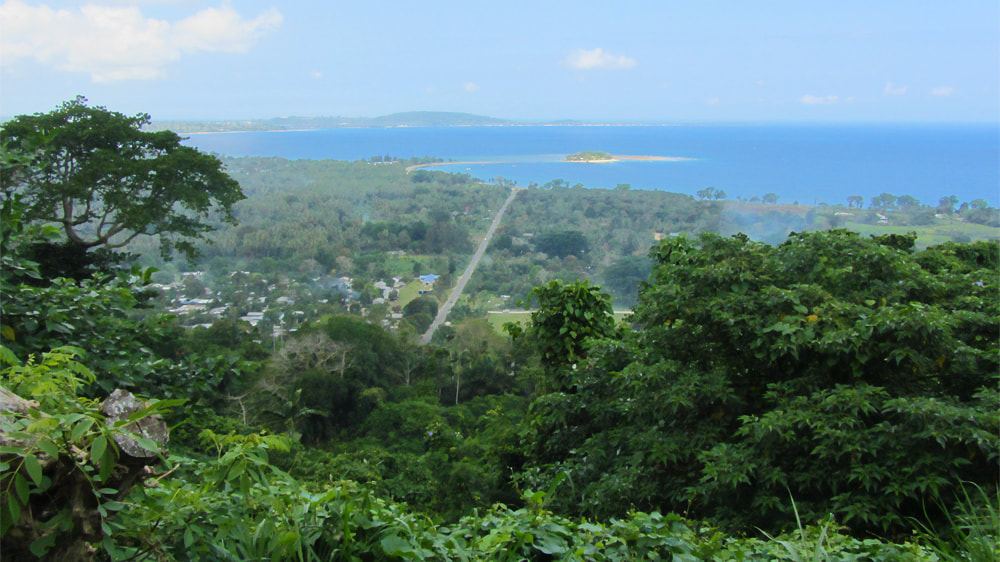
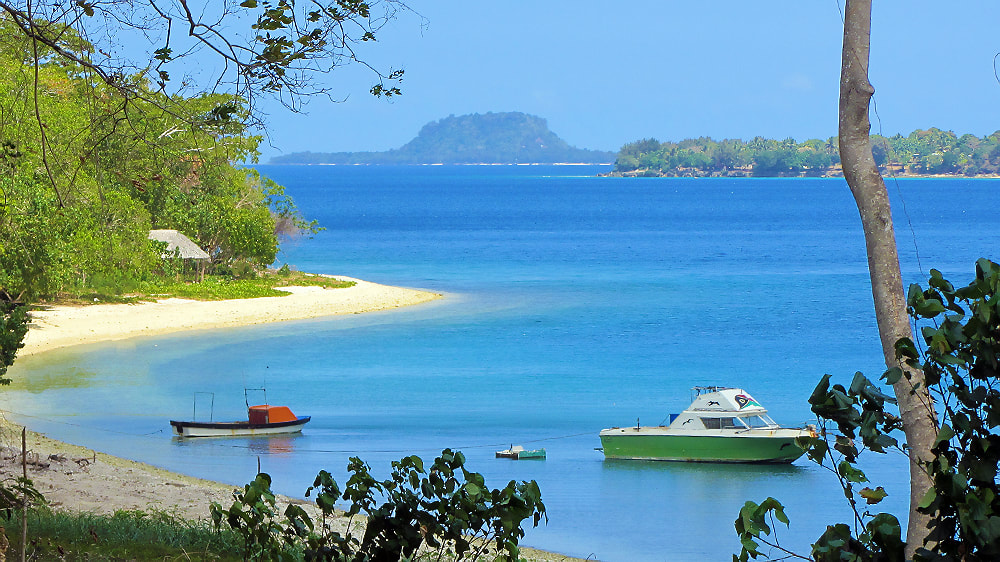
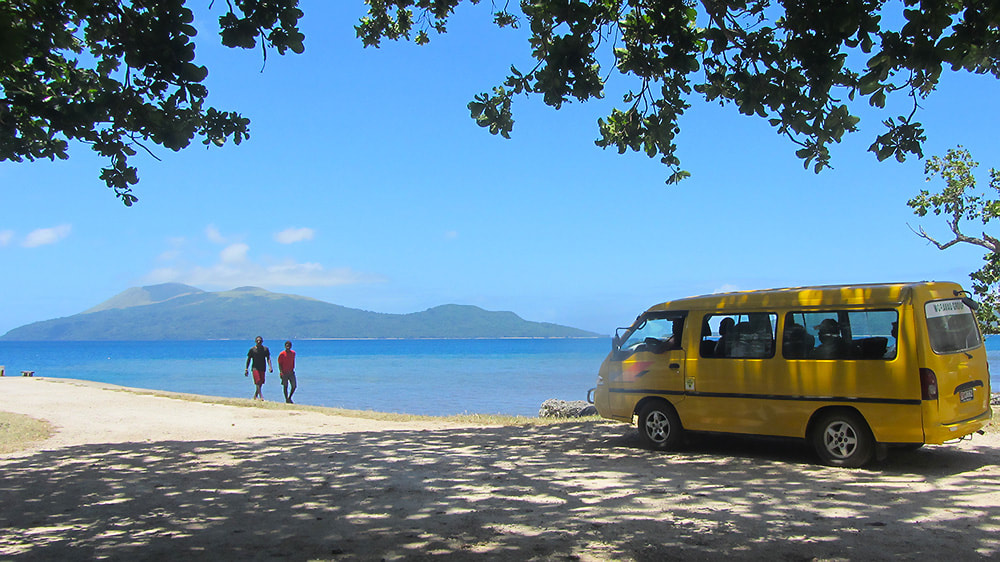

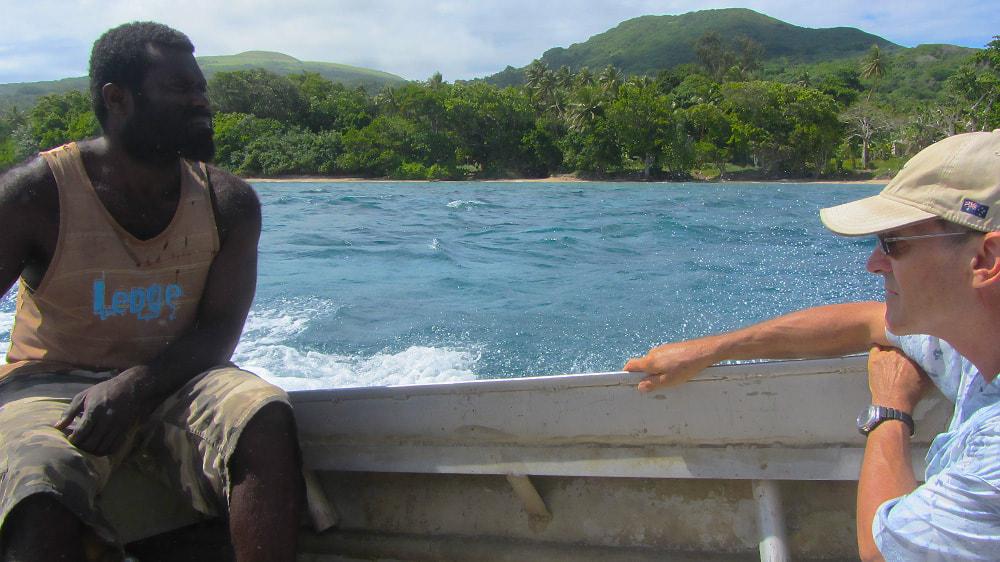
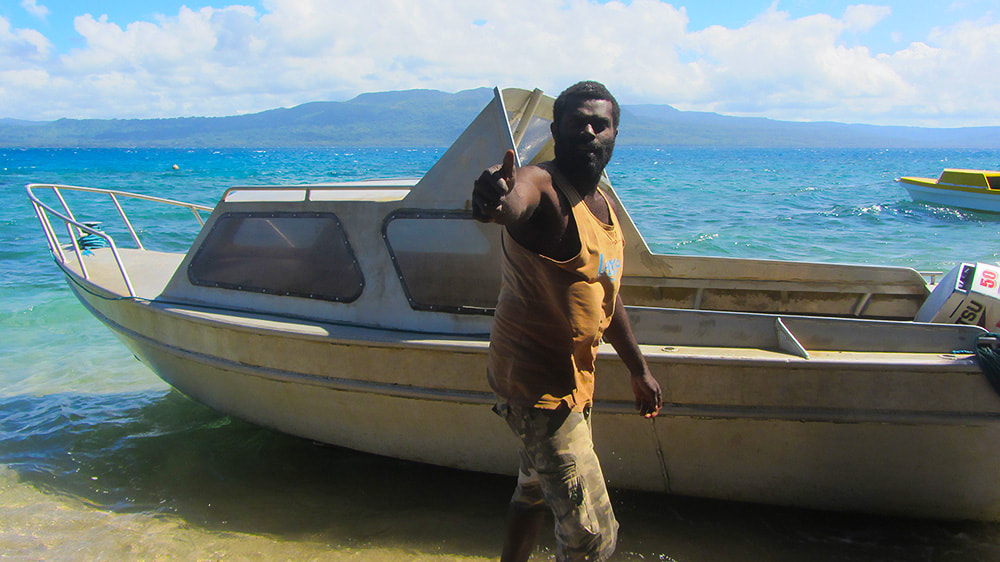
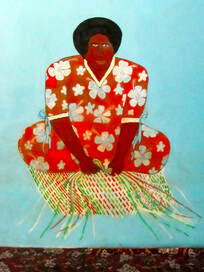
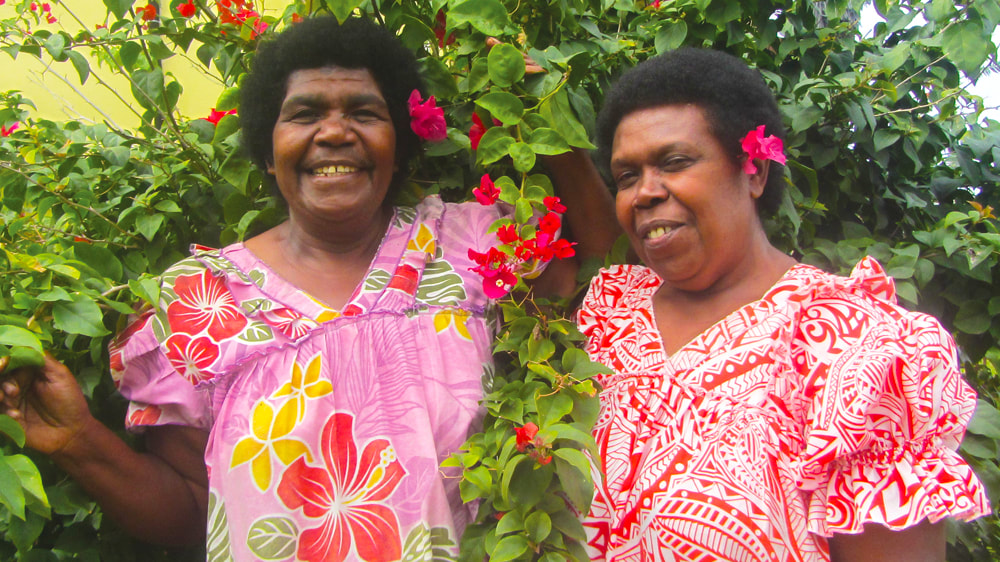
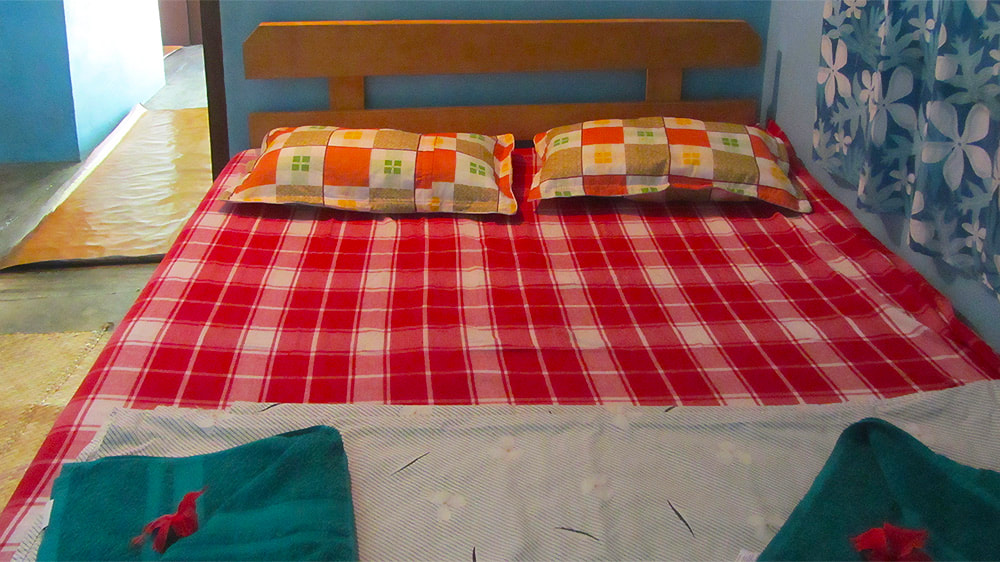
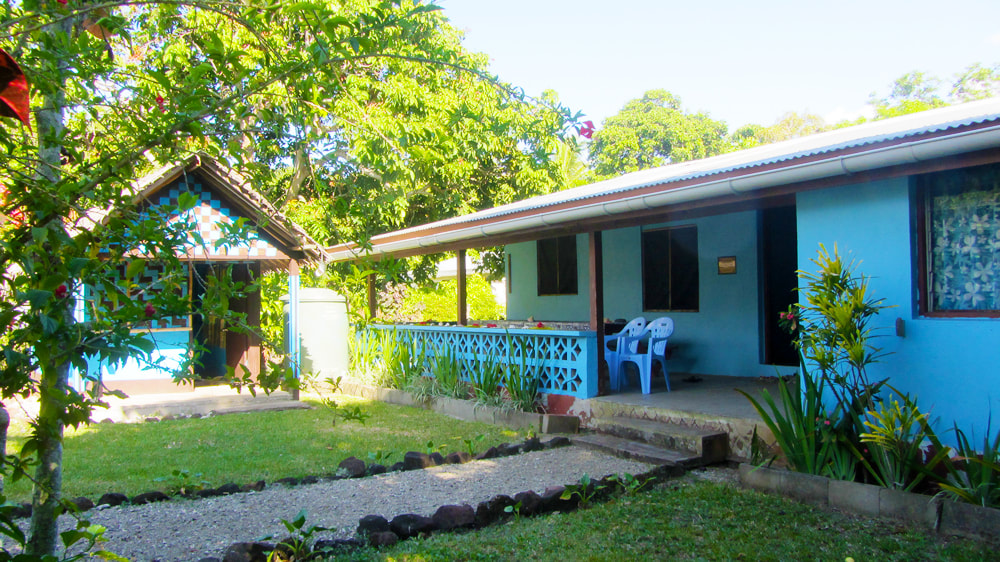
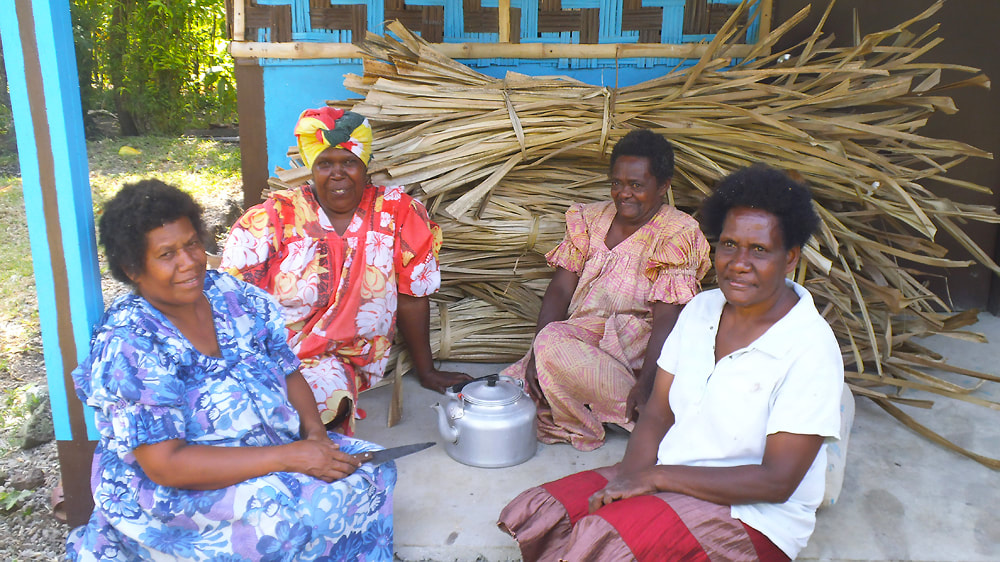
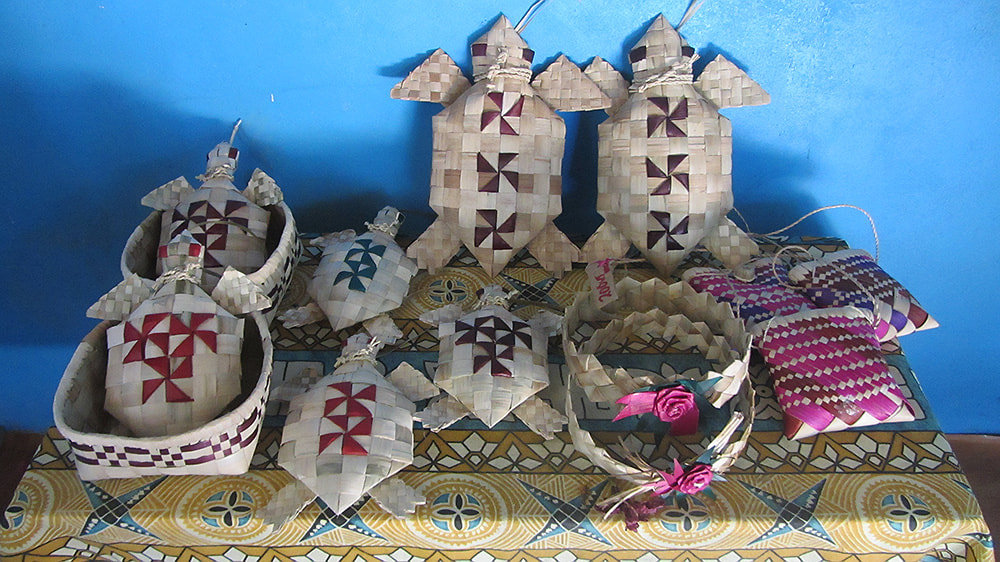
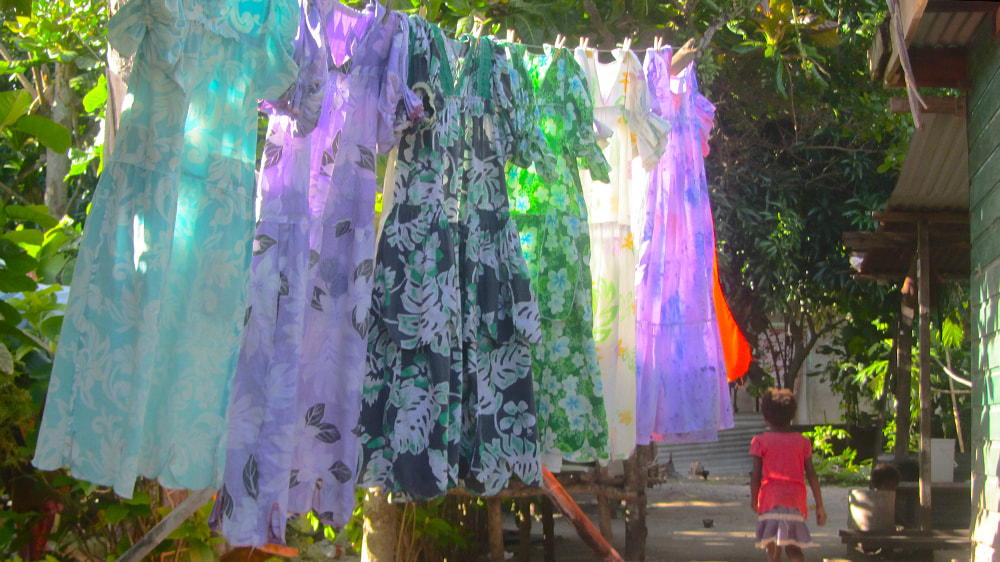
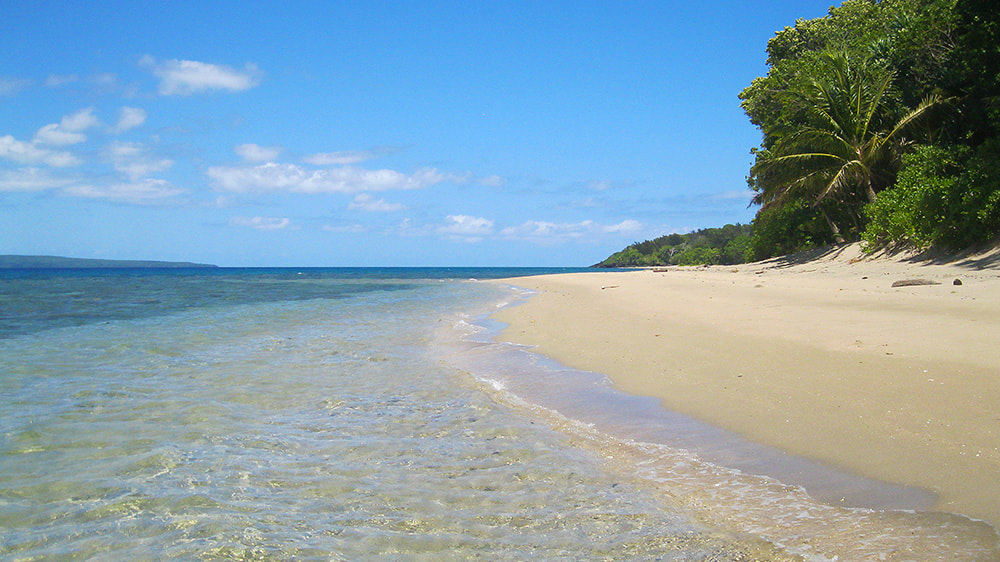

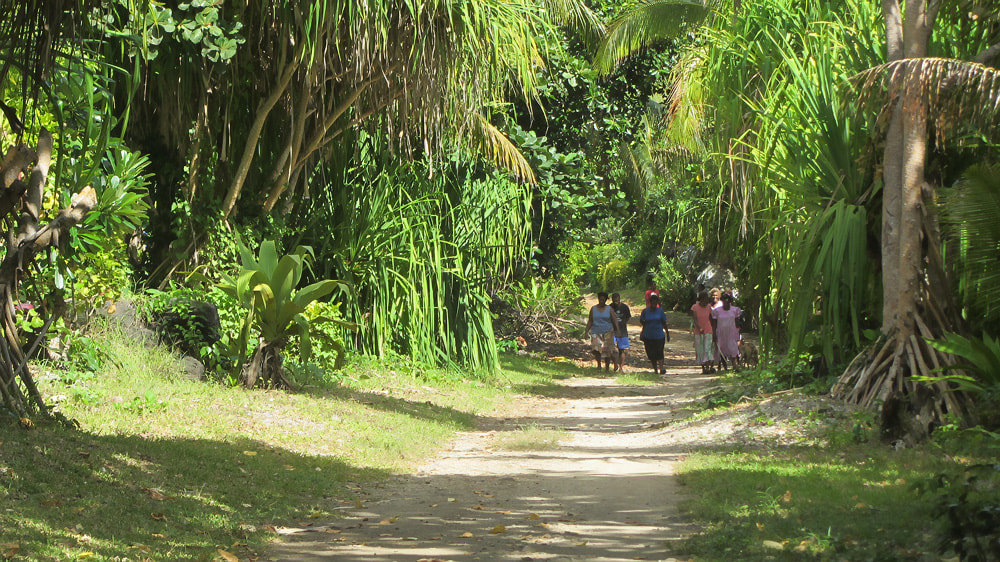
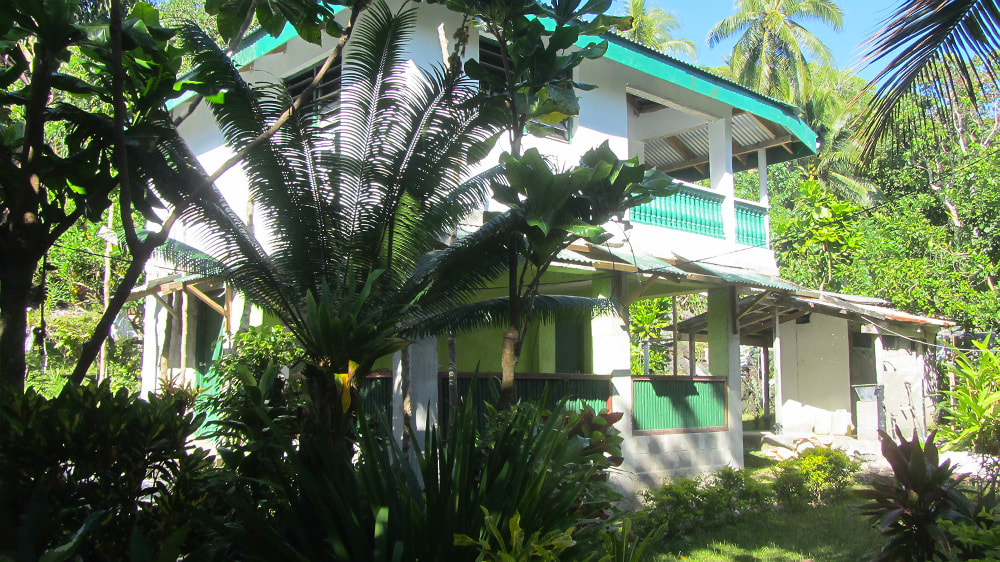
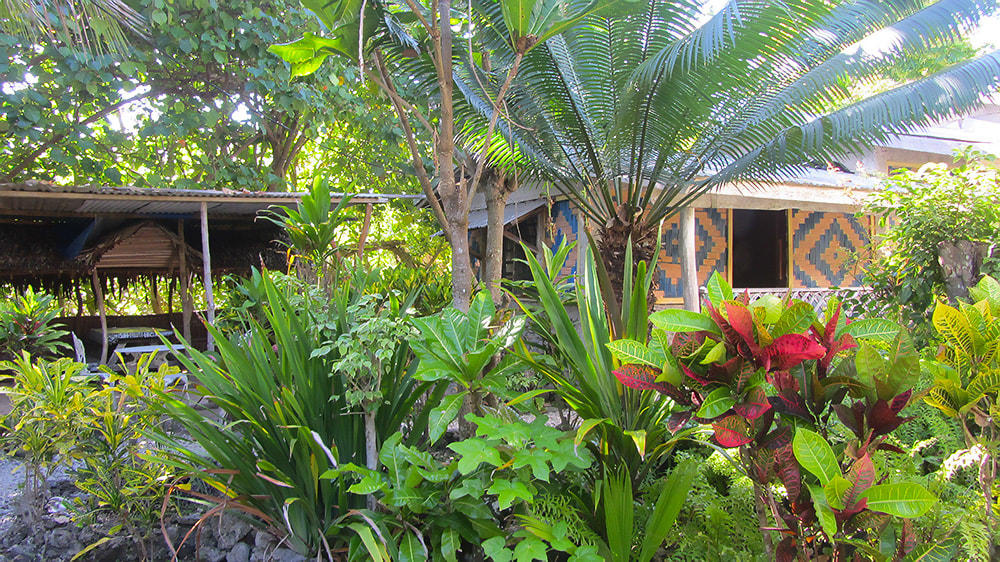
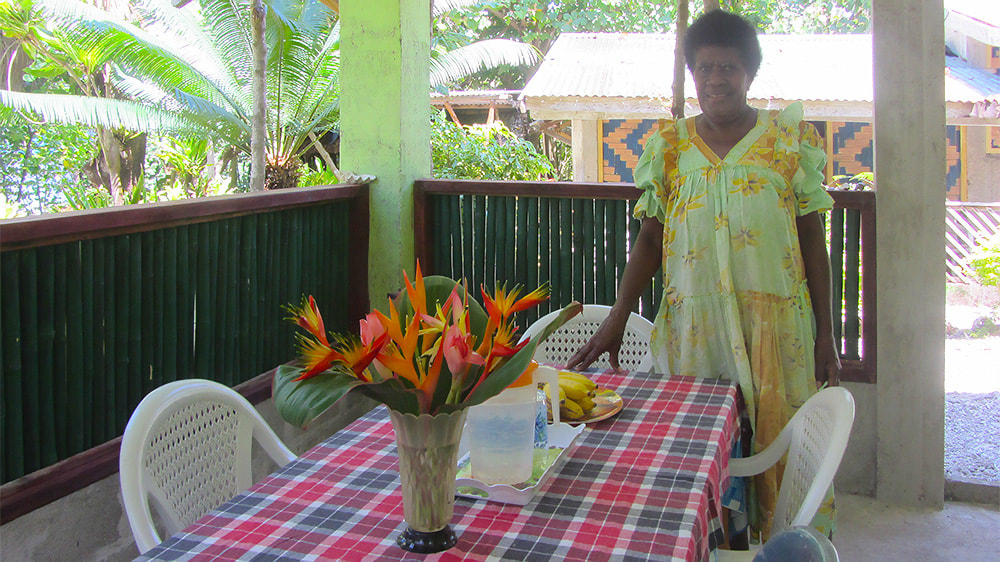
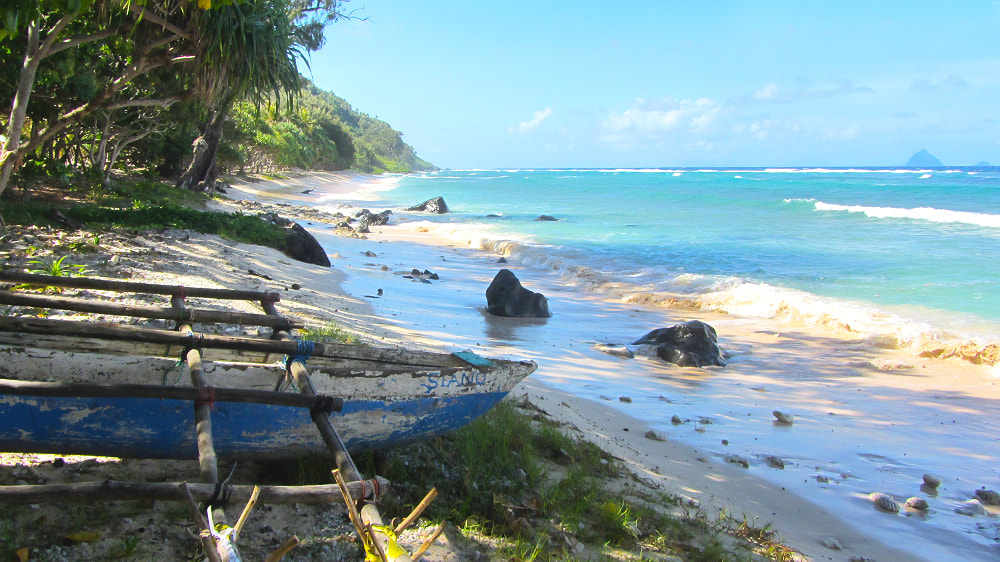
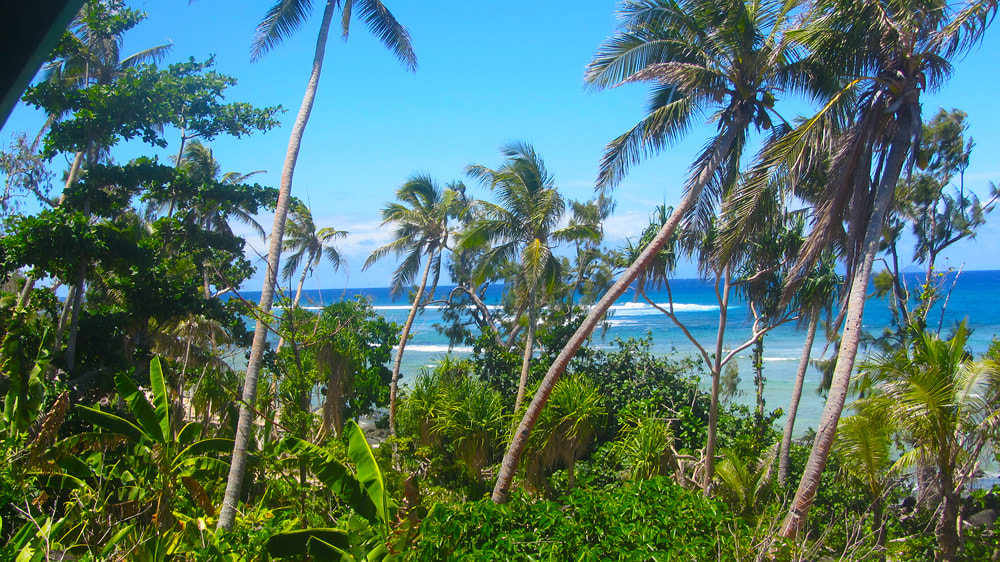
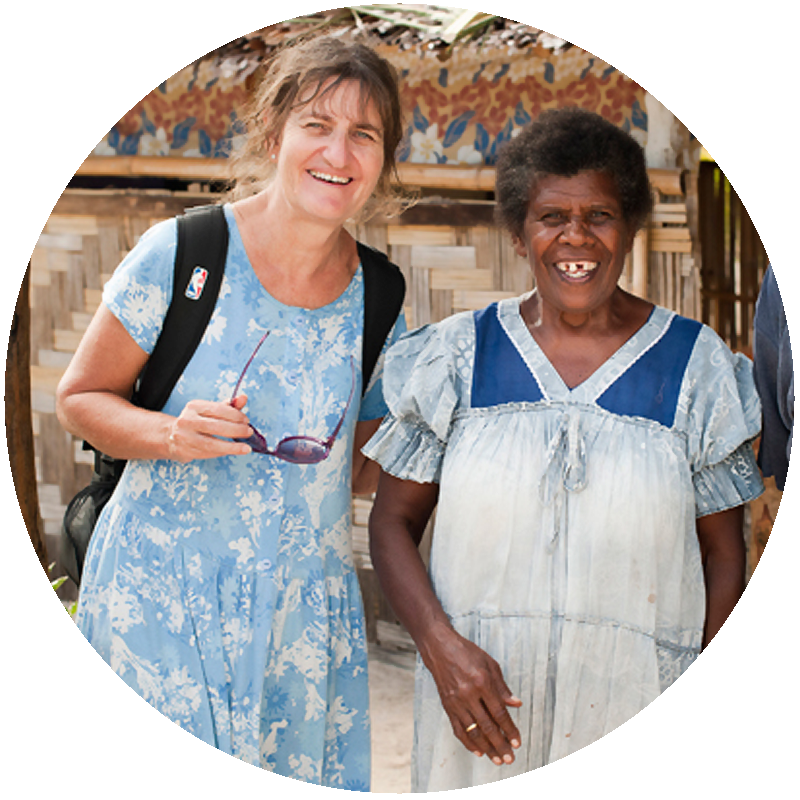
 RSS Feed
RSS Feed